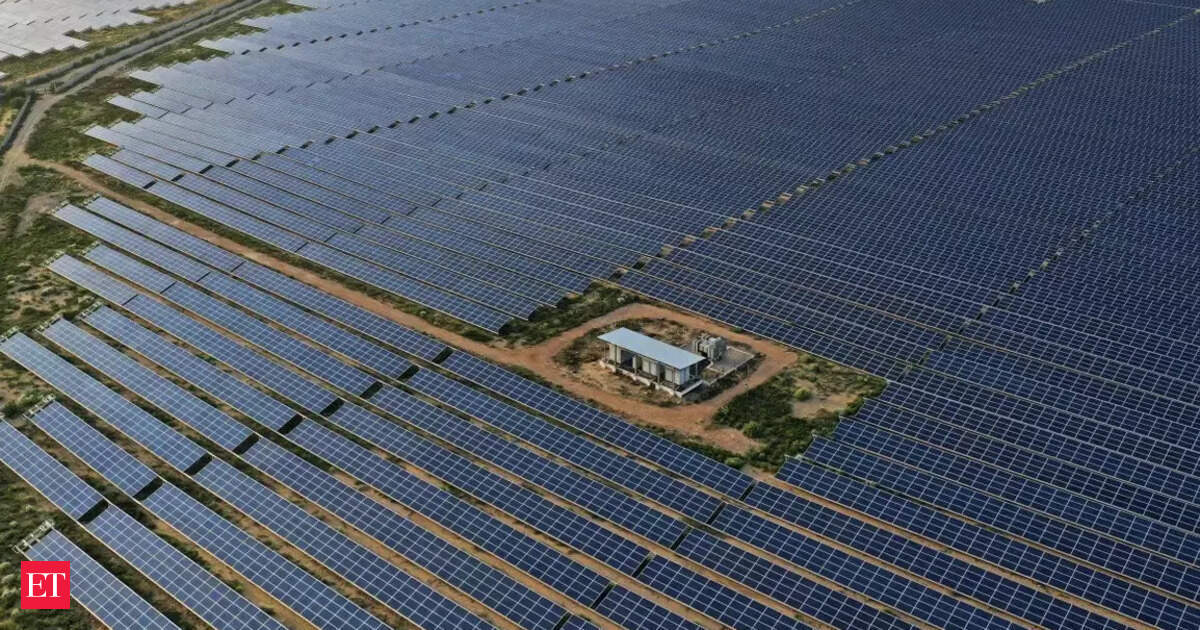Key Takeaways
- India plans to implement an import monitoring system for solar energy equipment to enhance domestic manufacturing.
- The Ministry of New and Renewable Energy is collaborating with the Ministry of Commerce to finalize this system.
- Expected capacity for solar modules and cells in India is projected to reach 200 GW and 100 GW, respectively, by FY28.
Monitoring Solar Imports
India is set to introduce a dedicated import monitoring system aimed at tracking solar energy equipment more effectively. This initiative, according to Santosh Kumar Sarangi, Secretary of the Ministry of New and Renewable Energy (MNRE), is in collaboration with the Ministry of Commerce and Industry.
The new import framework intends to assess the content, origin, and compliance of solar equipment with harmonized system codes. Sarangi stated that the proposal is already with the Ministry of Commerce and should materialize soon.
The country has ambitious solar energy projects, including the PM Surya Ghar Muft Bijli Yojana and PM-KUSUM, which mandate the use of domestically produced solar cells and modules. This requirement is supported by an approved list of models and manufacturers (ALMM), set to gain traction with an expanded list for solar cells effective from June next year.
The MNRE plans to broaden this list upstream to include ingots and wafers, with a draft already issued. Future steps could encompass polysilicon to bolster domestic manufacturing capabilities.
Currently, officials lack clear visibility on the categories of imported solar products, whether they are for commercial use, self-consumption, or existing projects. The proposed system may require importers to provide advance notifications and submit their imports online to obtain an automatic registration number, similar to existing protocols for steel and paper imports.
India’s current solar module manufacturing capacity has surpassed 100 GW, primarily driven by imposed duties and the ALMM framework. Solar cell capacity is currently at 27 GW, with expectations for both capacities to rise significantly by the end of the financial year, as reported by the MNRE.
Future projections suggest that India’s solar module and cell capacity could reach 200 GW and 100 GW, respectively, by the end of FY28, exceeding the anticipated annual domestic module demand of 50 GW over the next three years, according to CareEdge Ratings. However, uncertainties persist regarding module exports, particularly as the US remains a primary market for Indian manufacturers, highlighting challenges in international trade dynamics for the sector.
The content above is a summary. For more details, see the source article.















